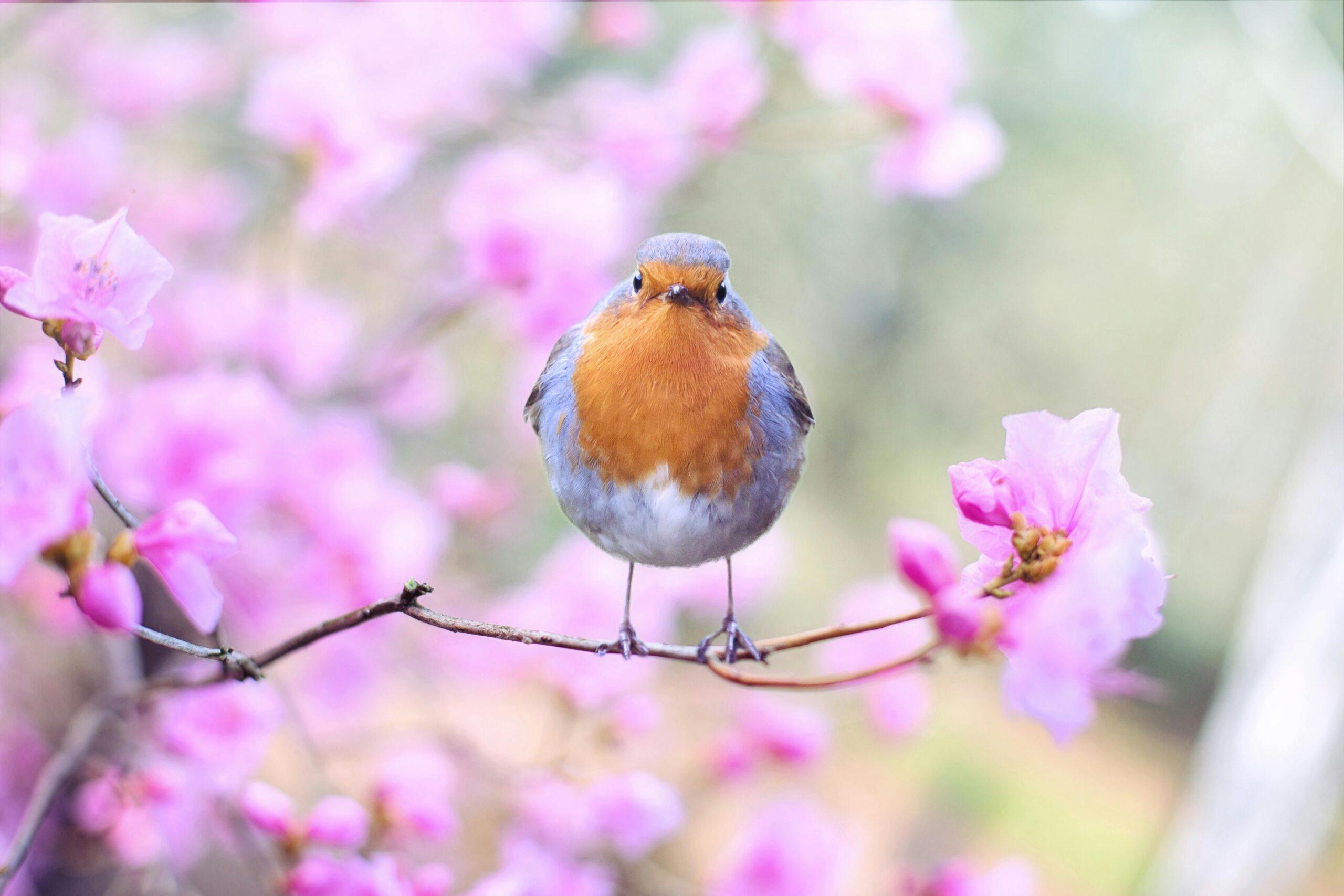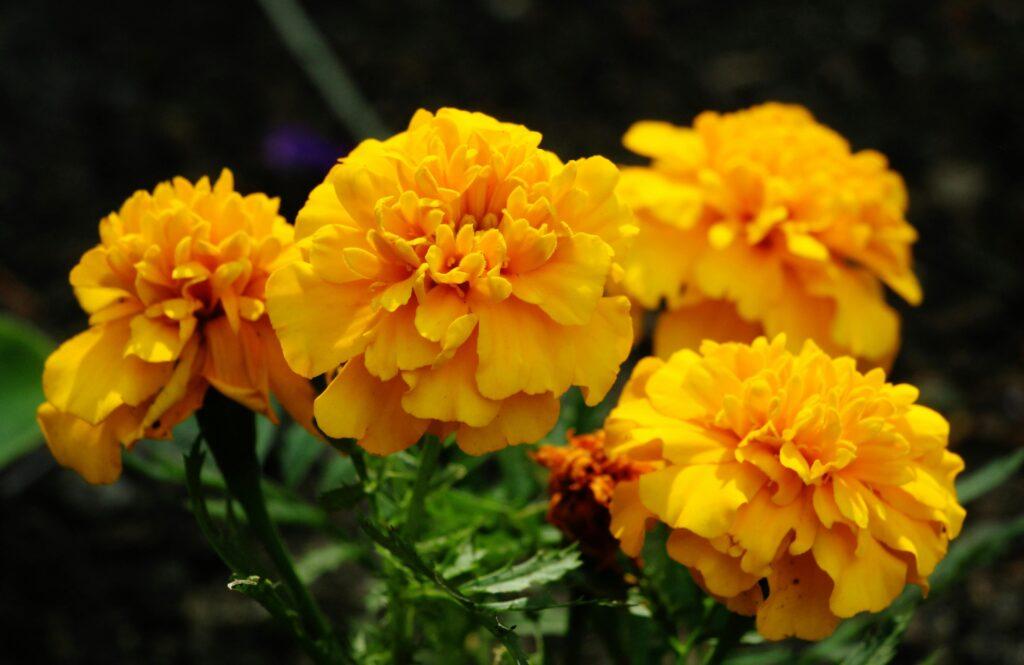“Ever thought about slapping a daisy on your face? No? Well, welcome to organic skincare!”
If you’ve been chasing radiant skin but struggling with harsh chemicals and expensive routines, it’s time to rethink beauty. Mother Nature has already packed all the goodness we need into spring flowers. They’re not just Instagrammable—they’re powerhouse ingredients for glowing skin. In this guide, we’ll uncover why these blooms are essential in your organic beauty arsenal and exactly how to use them.
Table of Contents
- Key Takeaways
- Why Spring Flowers Matter in Skincare
- How to Incorporate Spring Flowers Into Your Routine
- Best Practices for Using Natural Beauty Products
- Real-Life Success Stories: Blooming Results!
- FAQs About Spring Flowers & Organic Beauty
Key Takeaways
- Spring flowers like chamomile, lavender, and calendula provide powerful anti-inflammatory benefits.
- Ditching synthetic products can reduce irritation while enhancing natural glow.
- You don’t need fancy tools—DIY recipes using spring flowers are easy and affordable.
Why Spring Flowers Matter in Skincare
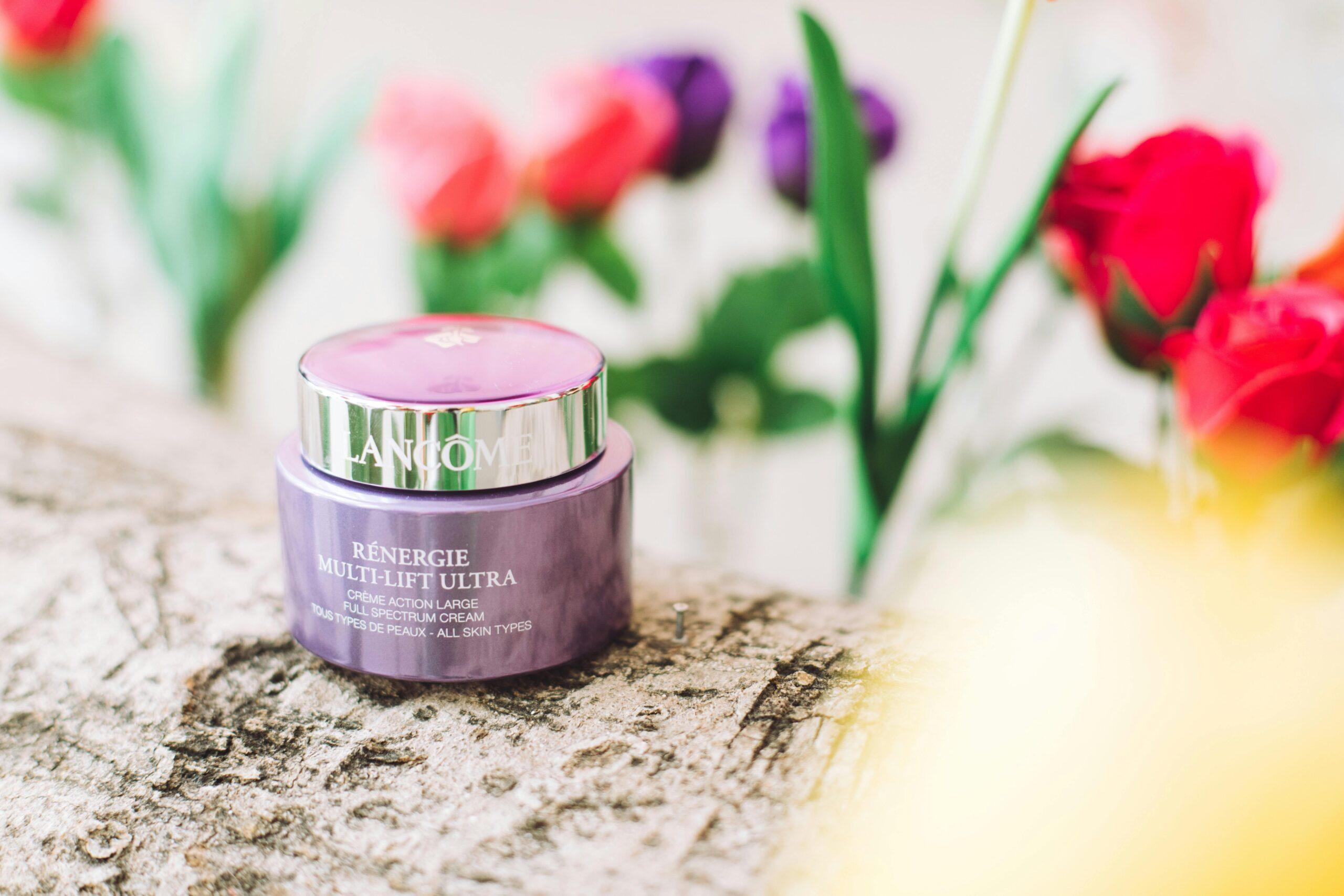
Let’s talk about why those pretty blooms deserve more credit than just being bouquet material. Did you know that plants like chamomile and rose have been used for centuries by ancient cultures as remedies for irritated skin? Science backs up tradition here:
- Lavender: Calming properties help combat redness.
- Rose Petals: Rich in antioxidants, perfect for fighting free radicals.
- Calendula: Promotes healing and reduces inflammation.
“Once I accidentally smeared rose petal paste from my kitchen counter onto my cheek—turns out, emergency facials DO work!” — Me, probably regretting half my skincare experiments.
Sure, science is cool, but let’s also admit it: working with petals feels luxurious AF. You’re basically spa-level DIY-ing right at home.
A Personal Fail: The Lavender Oil Incident
I once decided to go full steam ahead with pure lavender oil because #natureiscool. Spoiler alert: raw essential oils straight on sensitive skin = FIRE. Lesson learned? Always dilute! And now, onto safer uses…
How to Incorporate Spring Flowers Into Your Routine
So, how do you actually USE these botanical beauties without burning your face off (like yours truly)? Here’s where we break it down:
Step 1: Choose Fresh or Dried Flowers Wisely
Fresh blooms might sound dreamy, but dried ones often pack a longer shelf life—and stronger potency. Plus, no one wants wilted petals floating around their bathroom sink.
Step 2: Make a Floral Face Mask
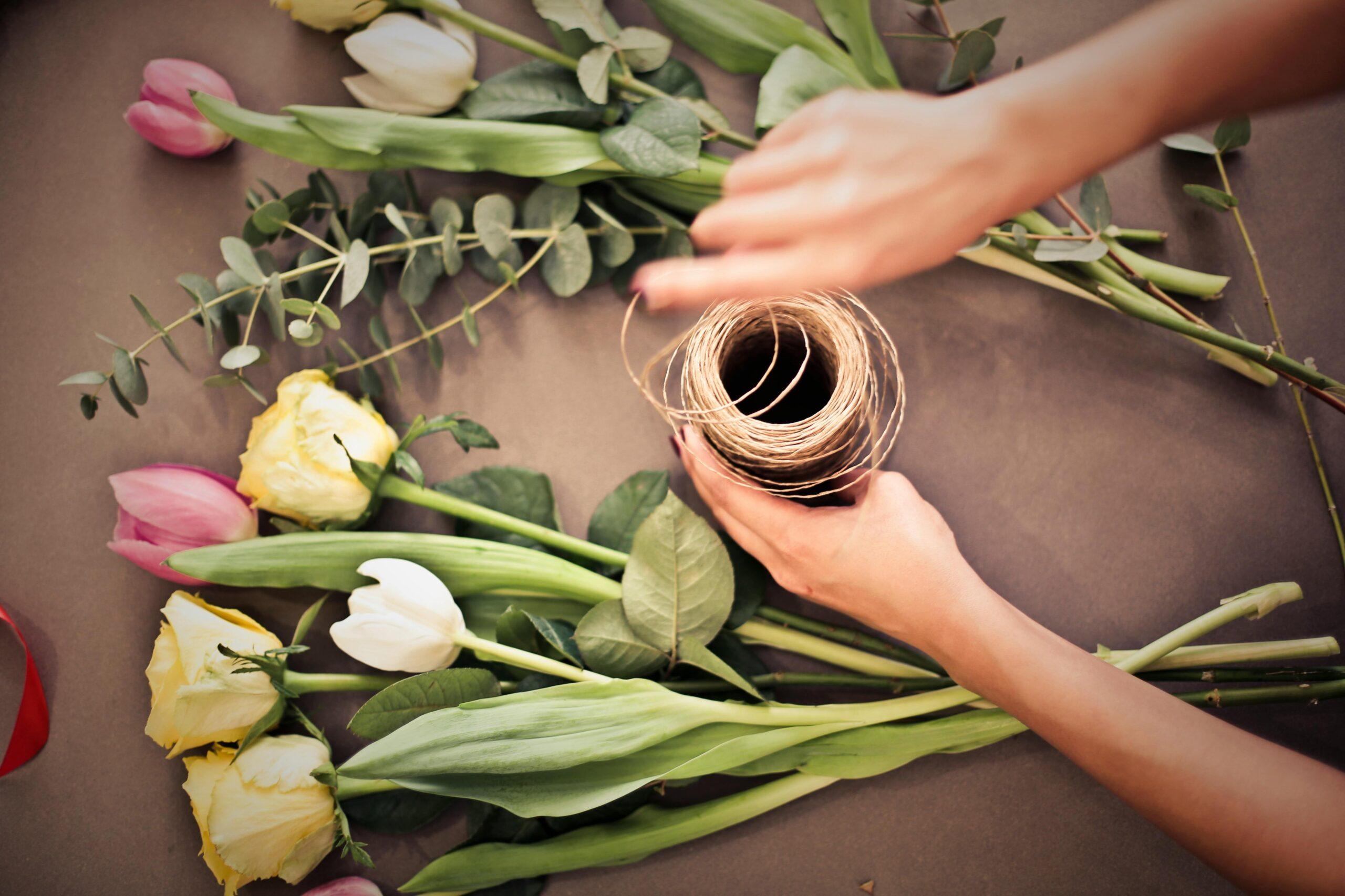
Mix dried rose petals, honey, and yogurt for an indulgent mask recipe. Just mash together until smooth, then apply evenly across clean skin. Let it sit for 15 minutes before rinsing with lukewarm water. The result? Chef’s kiss level hydration.
Step 3: Infuse Them Into Oils
Create your own calming oil infusion by steeping dried chamomile in almond or jojoba oil. Use this as a moisturizer or add drops to your bathwater. Smells divine AND works wonders.
A Grumpy Interlude
Optimist You: “Follow these steps daily!”
Grumpy Me: “Ugh, fine—but only if coffee’s involved.”
Best Practices for Using Natural Beauty Products
- Always patch-test new ingredients to avoid allergic reactions.
- Store homemade creations properly (think dark jars away from sunlight).
- Note: Avoid overloading with too many different florals at once—it’s called “natural beauty,” not “kitchen sink potion-making.” Trust me, less is more.
Real-Life Success Stories: Blooming Results!
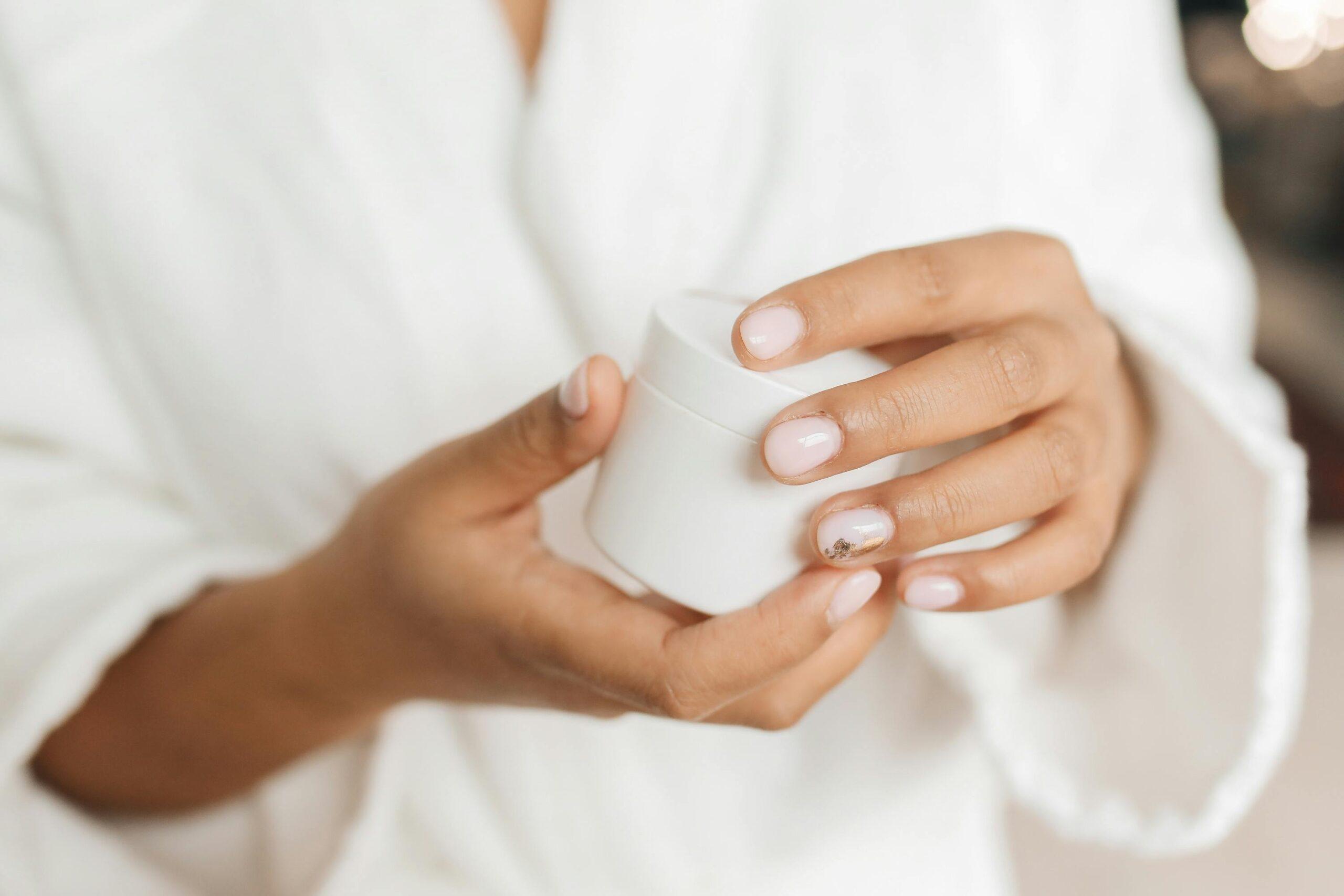
Meet Sarah, a lifelong eczema fighter who swapped her drugstore creams for calendula ointment made from her garden. Her verdict? A massive reduction in flare-ups within weeks. Or Lisa, whose stubborn dark circles vanished after consistently applying diluted lavender toner each night. These real-life stories prove nature’s magic really works!
FAQs About Spring Flowers & Organic Beauty
Q: Can anyone use spring flower-based products?
Absolutely—but always check for allergies first! Some individuals may still react to certain plant extracts.
Q: How long do DIY treatments last?
They generally stay fresh for up to two weeks when stored correctly (fridge recommended).
Q: What’s the worst advice about flower-based skincare?
Rant alert: Don’t fall for influencers claiming exotic petals cure everything overnight. Stick to tried-and-tested varieties listed above instead.
Final Thoughts
Growing your own mini herb garden or sourcing local florals could revolutionize your skincare routine—and wallet. Remember, simplicity reigns supreme; there’s no need to complicate what Mother Nature provides freely. Keep experimenting responsibly—and yes, even fail occasionally (we all do).
P.S. If nothing else sticks, remember this haiku:
Petals soften cheeks, Blossoms heal in silence— Nature knows best, friend.
